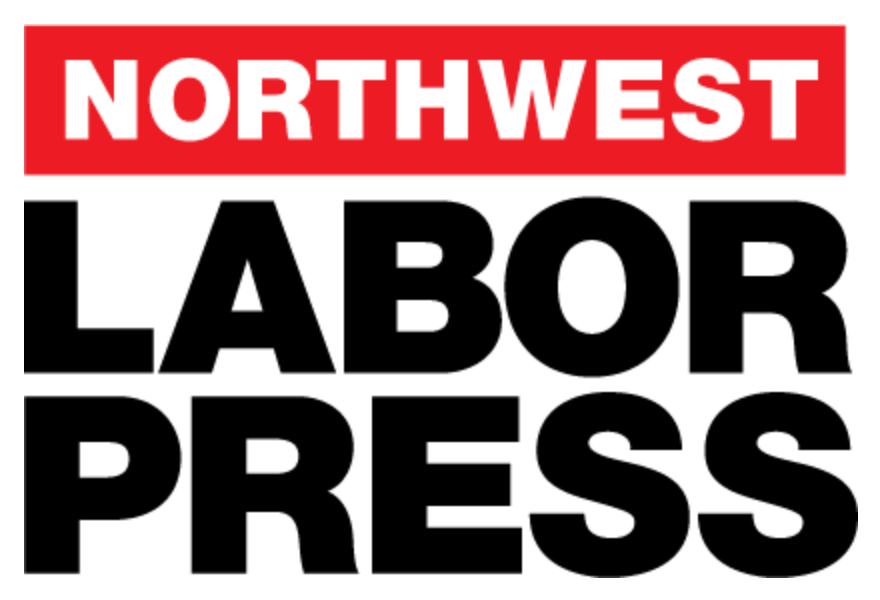No country’s economy is tied more closely to the United States than Canada’s. U.S. automakers have had Canadian plants since 1904, and automobile trade has been tariff-free since 1965. Canada and the United States signed a free-trade agreement in 1989. The two countries are so closely linked that many U.S. headquartered unions have local chapters in Canada; it’s the reason those unions are referred to as “internationals.”
In his first term, Trump negotiated a new trade agreement with Canada and Mexico that replaced NAFTA. That agreement is up for renewal in 2026, and even if it’s not renewed, the agreement is supposed to run until 2036.
So Trump’s Feb. 1 executive order saying he would impose 25% tariffs on Canadian goods and 10% on Canadian energy imports came as a shock. And the justification was still more surprising: to punish Canada for not stopping an “influx of illicit opioids” into the United States. What influx? In 2024, U.S. Customs intercepted 19 kilograms of fentanyl at the Canadian border, compared with over 9,500 kilograms at the Mexican border. The order said tariffs would start Tuesday, Feb. 4, but Trump announced a 30-day reprieve Feb. 3 hours after stock markets opened and stocks lost 1% to 2% of their value.
Sussanne Skidmore, president of the British Columbia Federation of Labour, told the Labor Press that Canadians are reacting strongly to the tariff saber-rattling, and to repeated bizarre suggestions by President Trump that Canada should become America’s 51st state.
“Everyone’s flying flags on their cars and their houses,” Skidmore said. “What I’ll call economic patriotism has really shifted here. You walk around the grocery store and people are looking at where it was made. They’re posting it all over social media, tips and tricks of how to buy Canadian products.”
As a labor leader, Skidmore’s most immediate concern is preserving the livelihood of members who work in sawmills and steel mills that could face layoffs if the tariffs go forward.
“And we’re not just worrying about ourselves. We’re worried about working people on both sides of the border. When I’m talking to rank and file workers about their fears, people are afraid they’re going to lose their jobs. We care about that for our American kin also.”



